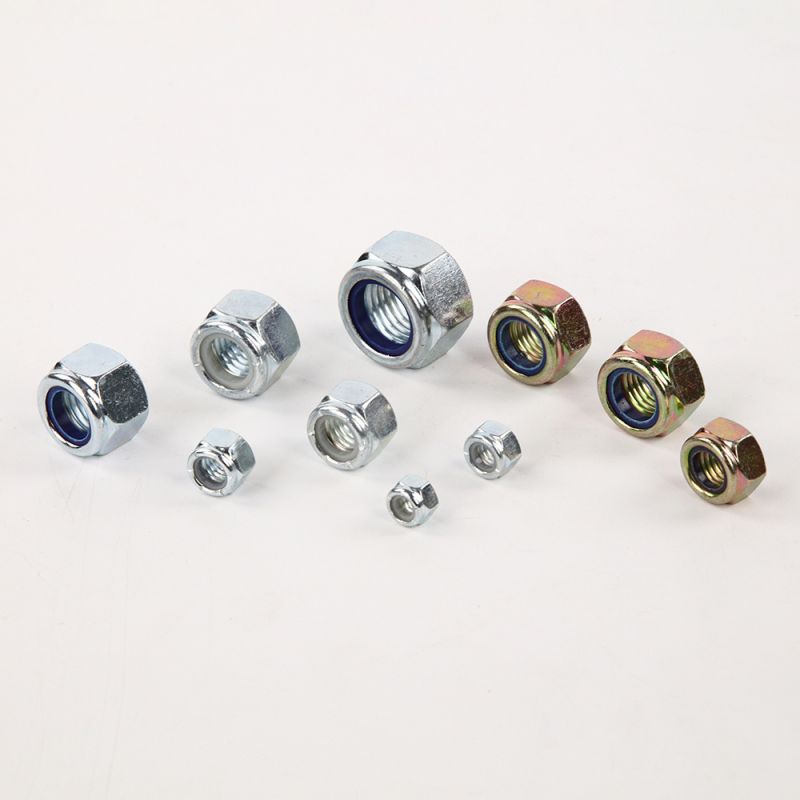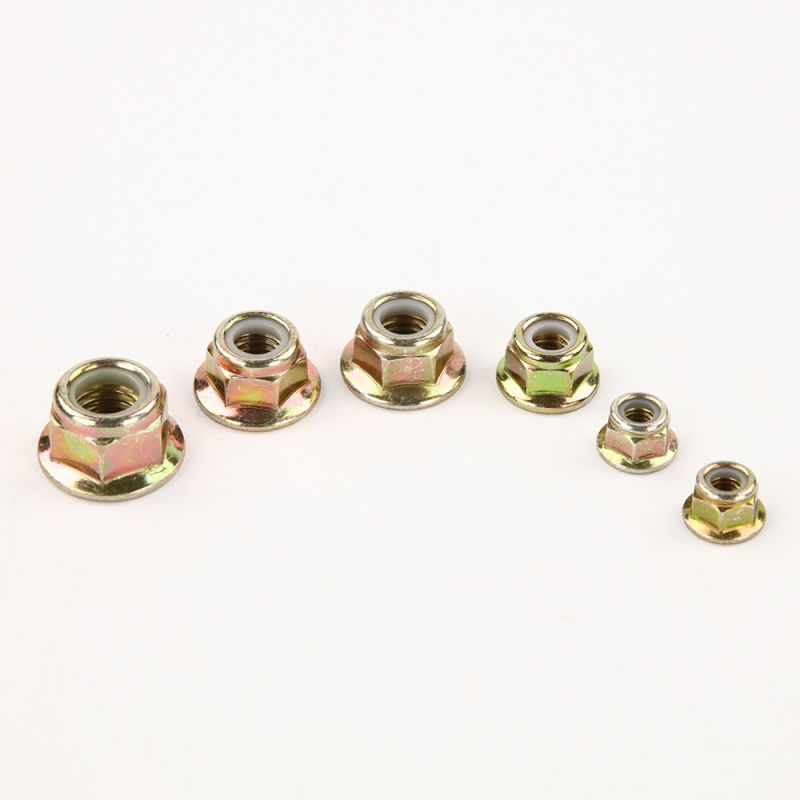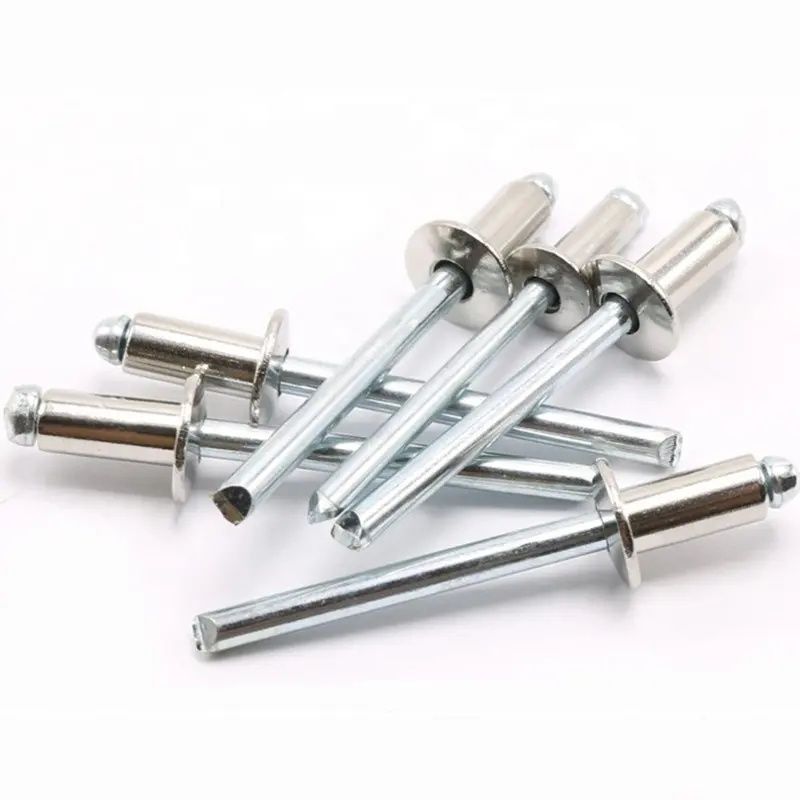T-bolts
In the world of mechanical connections, the bolt family has many members, but the "non-standard T-bolt" is definitely a low-key yet exceptionally powerful "hidden master." Unlike ordinary bolts, it's not ubiquitous, yet it plays an irreplaceable role in countless precision devices and special working conditions. Today, we'll unveil its mystery and see what makes this "customized powerhouse" so special.
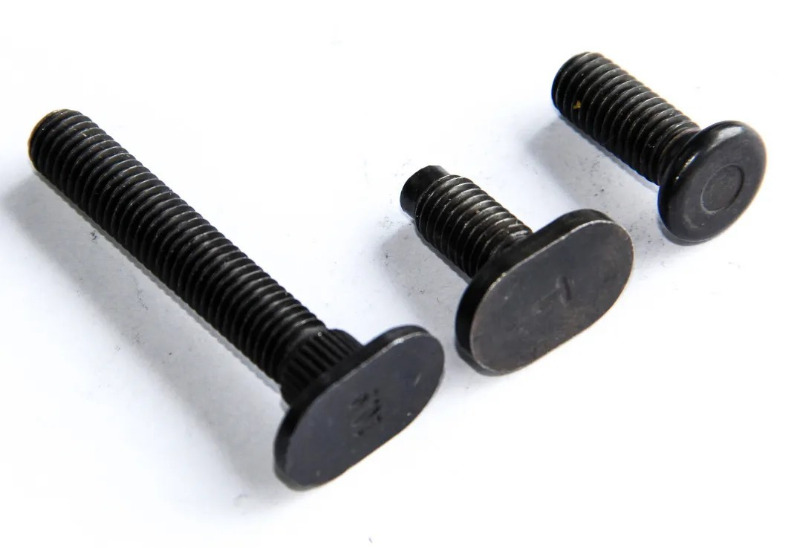
What are non-standard T-bolts? Let's understand their "identity code" first.
First, let's start with the basics of T-bolts. Standard T-bolts are named for their "T"-shaped heads. They are typically used with T-slots, allowing for quick installation without needing to insert the bolt from the end. They are widely used in machine tools, molds, assembly lines, and other equipment.
Non-standard T-bolts, on the other hand, are "custom-made" versions based on the standard models and specific needs of particular scenarios:
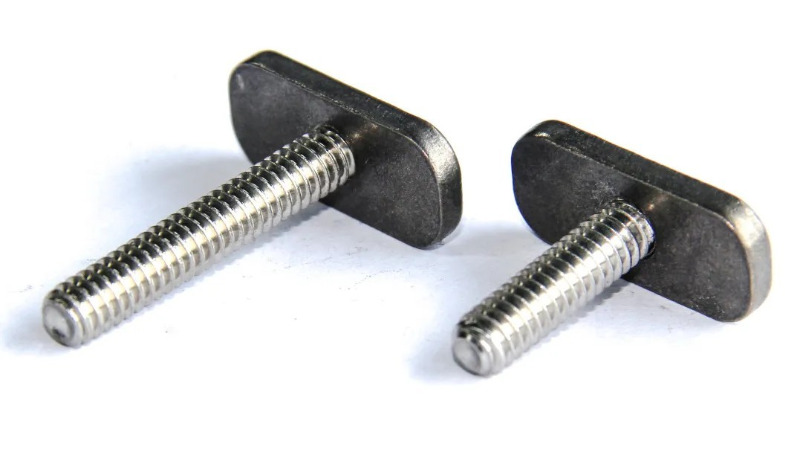
1. The head size or thickness may differ from the standard;
2. The screw length or diameter may deviate from the norm;
3. The thread specification (e.g., fine thread, non-standard metric/imperial) may be unique;
4. Even the material (high-strength alloy, corrosion-resistant stainless steel, high-temperature resistant materials, etc.) and surface treatment (galvanizing, chrome plating, blackening, etc.) are customized to demand.
Simply put: standard parts are like "ready-made clothing," while non-standard parts are like "high-end customization," designed solely to solve "special problems."
Which scenarios rely on it? These essential needs are undeniable
The value of non-standard T-bolts lies in their ability to fill the "gaps" in standard parts. The following scenarios are practically its "home turf":
1. Precision Equipment and Mold Industry
The fixing of molds and the connection of machine tool worktable accessories often have special requirements for the dimensional accuracy and load-bearing capacity of bolts. For example, for a certain irregularly shaped mold, the excessive thickness of the head of a standard T-bolt will interfere with the workpiece. In this case, a non-standard bolt with a "thinner head + thicker bolt" is the only solution.
2. Special Working Conditions
Chemical equipment requires acid and alkali resistance? Choose non-standard T-bolts made of 316 stainless steel; high-temperature kiln connectors? Replace with high-temperature alloy materials; load-bearing parts of heavy machinery? Customize 8.8 or 12.9 grade high-strength non-standard bolts, maximizing shear resistance.
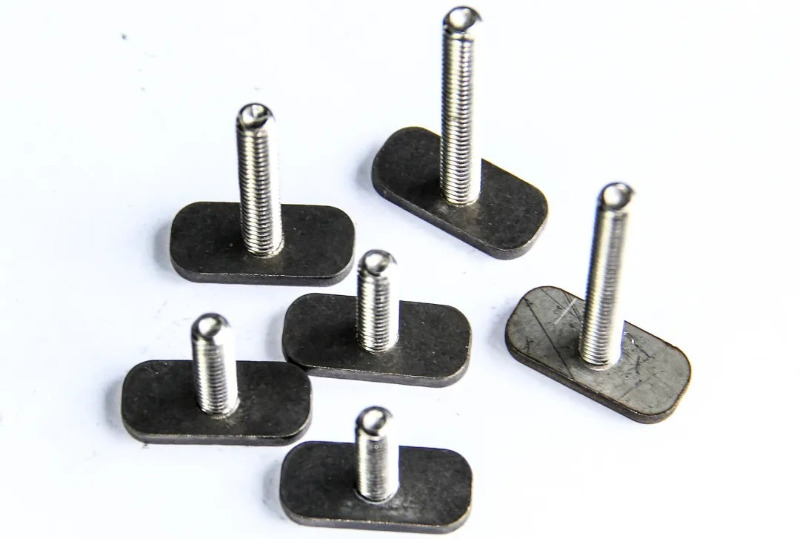
3. Repair and Retrofitting of Outdated Equipment
Some older equipment uses bolts of discontinued specifications, making standard parts unsuitable. Non-standard T-bolts can be a lifesaver – replicated 1:1 to the original parts, giving the equipment a new lease on life.
4. Innovative Design and Customized Equipment
During new product development, structural designs often deviate from convention, making standard bolts simply unsuitable. For example, a non-standard guide rail on an automated production line requires side-mounted T-bolts, necessitating custom-made non-standard bolts.
Choosing the Right Non-Standard T-bolts: 3 Key Points
Customizing non-standard parts is risky because you might end up with money that doesn't fit. Remember these 3 core points to avoid pitfalls and maximize efficiency:
1. Define Your Needs: The More Detailed, the More Precise
Tell the manufacturer your "core requirements": equipment purpose, load-bearing capacity, installation space limitations, ambient temperature/humidity/corrosiveness. Ideally, attach drawings (even hand-drawn ones), clearly indicating key parameters such as head dimensions, bolt length, and thread specifications.
2. Choose the Right Material: Don't Create Hidden Dangers by "Saving Money"
For ordinary applications, Q235 carbon steel is suitable; for medium strength, choose 45# steel; for high strength, choose alloy structural steel of grade 8.8 or higher; for corrosion resistance, choose 304/316 stainless steel. Don't choose inferior materials to save money, otherwise breakage and rust may lead to equipment downtime and greater losses.
3. Find the right manufacturer: Look beyond experience to the details
Prioritize manufacturers with extensive customization experience. They can provide optimization suggestions based on your needs (e.g., whether to add anti-slip texture, whether to perform heat treatment to enhance strength). At the same time, request sample testing to confirm that the dimensions, precision, and load-bearing capacity meet the standards before proceeding with bulk customization.
Small Bolts, Big Impact
The existence of non-standard T-bolts perfectly embodies the "flexibility" of mechanical connections—there are no fixed standards, only customized solutions. They may seem insignificant, but in every precise fit and every stable operation, they silently support the smooth running of industrial production.
If you're struggling with a particular connection problem, consider this: do you need a "tailor-made" non-standard T-bolt?


